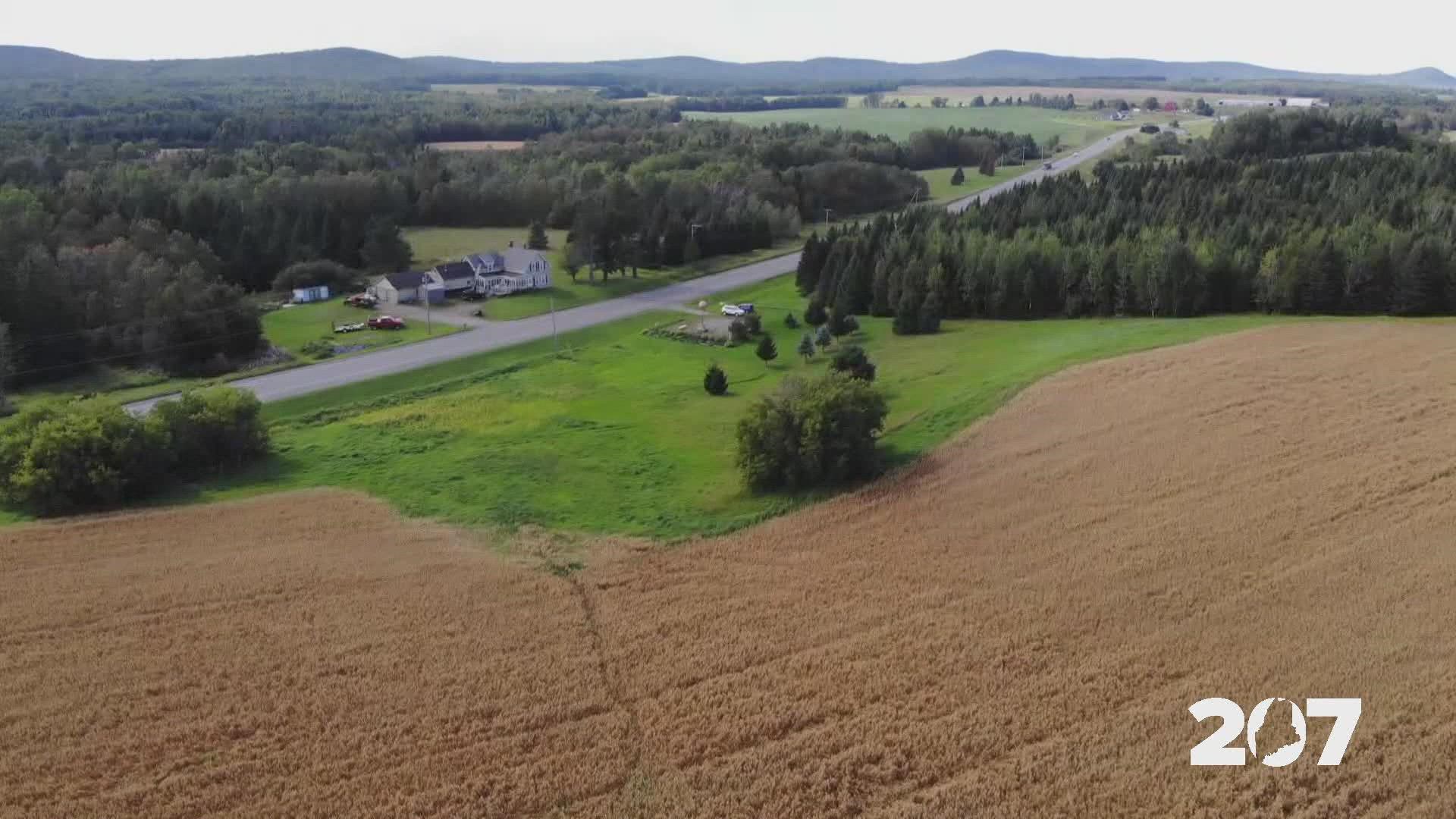PRESQUE ISLE, Maine — While many locals have driven the 100-mile stretch of Route 1 in Aroostook County, there's now a statewide push to promote an out-of-this-world road trip to a much broader group of visitors.
A $7,500 grant from the Maine Office of Tourism was the catalyst for the University of Maine at Presque Isle to beef up the Maine Solar System Model's online presence.
"We couldn’t be more delighted, and a lot of the work was done internally as an in-kind contribution to that project, so it shows that we can do a lot with a little and that’s kind of the Aroostook County way and the Maine way of doing things," said Dr. Deb Roark, head of university advancement.
"We’re just so excited to be able to pull this all together, to have this hosted on the university server now and have an actual domain name, mainesolarsystem.com, that everyone can go to. It really is about sustainability. It really is about supporting Northern Maine and about science and supporting education that's fun and informative," she said.
The new website was unveiled September 22nd. It includes interactive Google maps, photos of the different planets and moons that line Route 1, and facts about the solar system.
Work began on the project in 1999, and as founder and UMPI teacher Dr. Kevin McCartney told us, it was a massive community effort.
"Jupiter and Saturn, you know, they are the size of small cars," he said. "They weigh half a ton or more and they were just many different schools involved."
"The post for one planet was made by one school, the posts for the moons were done by another school, another school came in and did the ground clearing work for the parking lot, and then there was another school that did the bases," McCartney said. "The planet itself was made by one school and then taken to another school to be painted."
UMPI President Dr. Raymond Rice said the solar system model has been a great place for families to socially distance for years, even before the pandemic.
"I was doing work in front of the house here and this was just before COVID, and people from Georgia stopped because they wanted to do the first mile all the way up at the border and they wanted to see the solar system, and they wanted to know where the sun was so I let them into the building on an early Saturday morning so they could actually see 'the sun'" inside the university.
Rice admits that while visitors come to Aroostook County to see the model for themselves, they're also more likely to stop at a farm stand or grab some ice cream or potatoes, and maybe be inspired to come back and spend more time up north.

